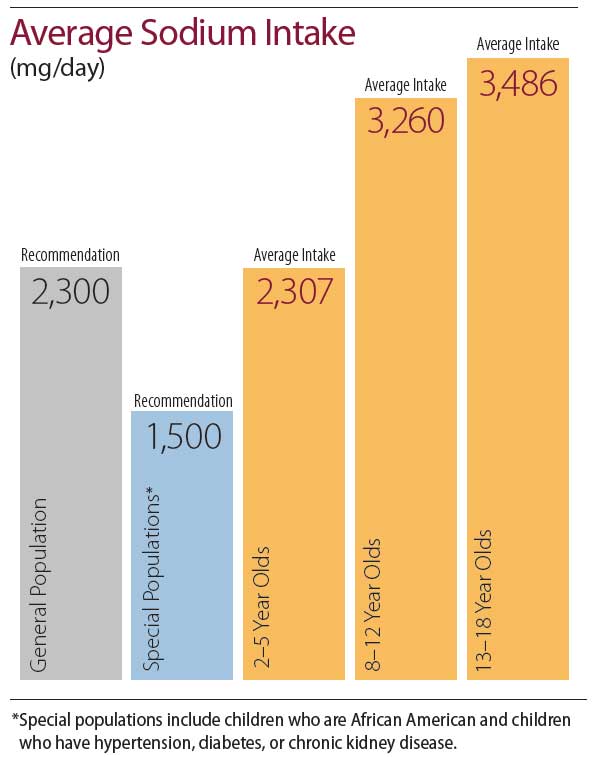Should you be concerned about how much salt is actually in your child's diet?
The answer is probably "yes". It may surprise you that a recent finding of the Center for Disease Control has found that many kids and adolescents consume more salt than adults! Yes, more than adults.
Salt (Sodium) is naturally found in some foods but in small amounts. Most of our salt comes from foods that have had salt added into it. Just like sugar, we develop a sensitivity to salt and as we keep eating salty foods, they may not taste so salty after awhile. Children are getting their high salt intake from processed foods. These foods are high in sodium (salt) and children get used to salty foods and will want to eat more salty foods. So essentially, we are setting our kids up to be high salt eaters and that is not good.
Why? Well, as a nurse, I know that too much salt is not good for our heart because it increases our blood pressure. High blood pressure can lead to many health problems because essentially, the heart has too work so much harder to pump the blood through the body against that higher resistance (higher blood pressure).
What can you do?
1. First off, eat more at home. When you eat at home and cook your own foods, you know what you are putting in it. You can add less salt in your foods and replace it with other non-Sodium seasonings that will give the foods more flavor without the extra salt.
Seasonings like garlic, onion powder, salt free seasonings, lemon juice.
2. Buy less processed foods and replace them with natural snacks like fresh fruits, nuts and crunchy veggies/oniony dip or roasted veggies that are crispy like chips!
Changing your family's salt consumption can be easier if you reduce salt naturally overtime.
Where do kids most of their salt from? Here is a list of the top Sodium (Salt) sources for kids
Nourish Thought for the Day:
It will be easier to change a child's habit when they are younger. Start today.


0 Comments